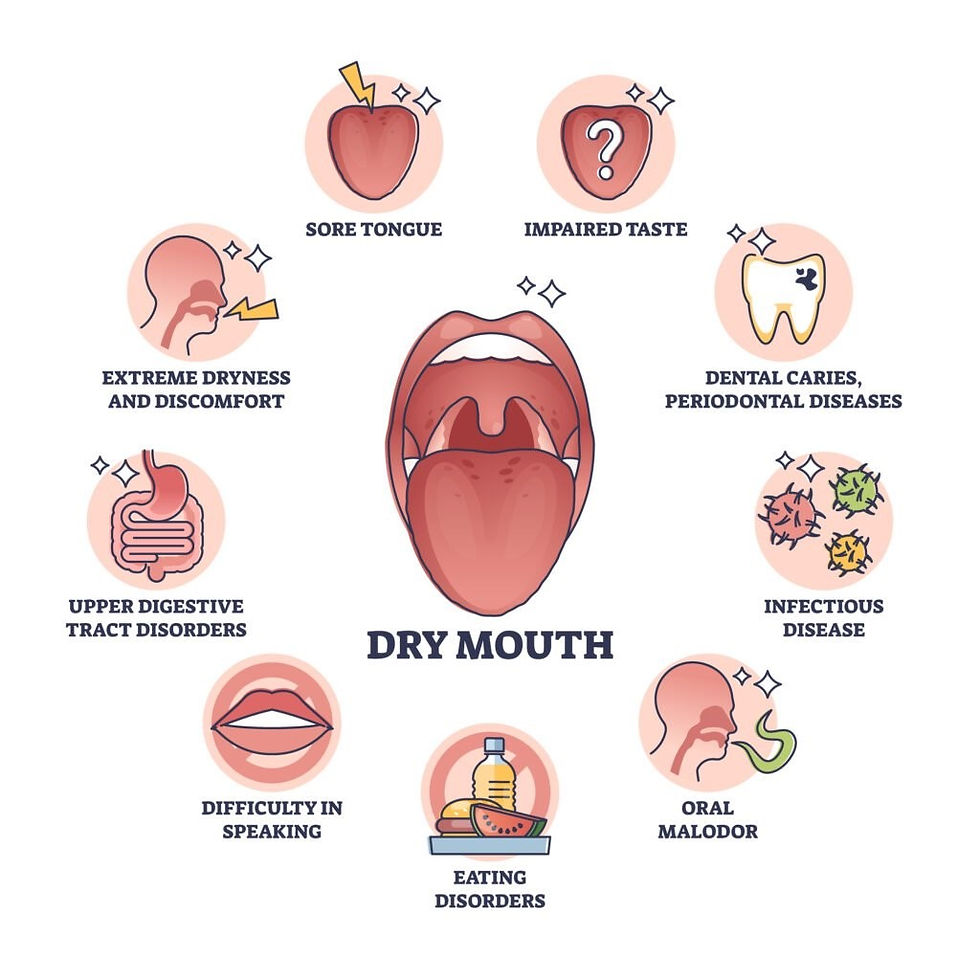How Can Wearable Devices Improve Cardiovascular Health Monitoring?
- Haneen Awada
- Jul 11, 2024
- 2 min read
Wearable devices have completely changed the way we track and maintain cardiovascular health in recent years. These revolutionary devices, which range in price from smartwatches to specific medical-grade wearables, provide ongoing, real-time insights into a

number of heart issues. Through the monitoring of vital signs like blood pressure, heart rate, and even ECG readings, these devices enable both individuals and medical professionals to take preventative measures for cardiovascular diseases.
The monitoring of cardiovascular health has been greatly improved by the development of wearable devices. Vital signs can be reliably and accurately detected and recorded by the sophisticated sensors found in modern devices. For example, heart rate can be continuously monitored by smartwatches with photoplethysmography sensors throughout the day, giving users feedback on their cardiac activity in real time.

Furthermore, some wearables now include integrated electrocardiogram features, enabling users to record precise heart rhythm data and identify anomalies like atrial fibrillation. In addition to being convenient, these technological developments also make it easier to identify possible cardiovascular problems early on, allowing for prompt treatment and intervention.
Numerous advantages exist for managing cardiovascular health when wearable
devices are incorporated into daily life. The capacity to monitor physical activity levels and encourage exercise adherence--both of which are critical for cardiovascular fitness--is a major benefit. Users are encouraged to meet their fitness objectives and uphold a healthy lifestyle by wearables that track metrics like step count, distance run or walked, and calories burned.

Additionally, regular heart rate and vital sign monitoring assists both patients and medical professionals in evaluating cardiovascular function during physical activity and spotting trends that might point to stress or exhaustion. By taking a proactive stance, users are better equipped to make decisions about their health and wellbeing, which may lower their chance of cardiovascular problems.
In summary, wearable devices are game-changers for cardiovascular health monitoring because it provides users with convenience and real-time data insights.
These devices enable people to take proactive measures towards improved heart health, from continuous heart rate monitoring to identifying irregular heart rhythms. Wearable device integration holds promise for early detection of cardiovascular problems in

addition to improving personal fitness tracking and management. These developments set the stage for a time where wearable devices can be pioneering for enhancing cardiovascular health and general quality of life.
References
Wearable Technology and the Cardiovascular System, www.thelancet.com/journals/landig/article/PIIS2589-7500(23)00087-0/fulltext. Accessed 2 July 2024.
R, the American College of Sports Medicine as a Clinical Exercise Physiologist In 2012, et al. “Fitness Tracker Benefits: The What and Why.” South Denver Cardiology, 12 May 2016, southdenver.com/fitness-tracker-benefits/.
Hughes, Andrew, et al. “Wearable Devices in Cardiovascular Medicine.” Circulation Research, vol. 132, no. 5, 3 Mar. 2023, pp. 652–670, https://doi.org/10.1161/circresaha.122.322389. Assessed and Endorsed by the MedReport Medical Review Board






